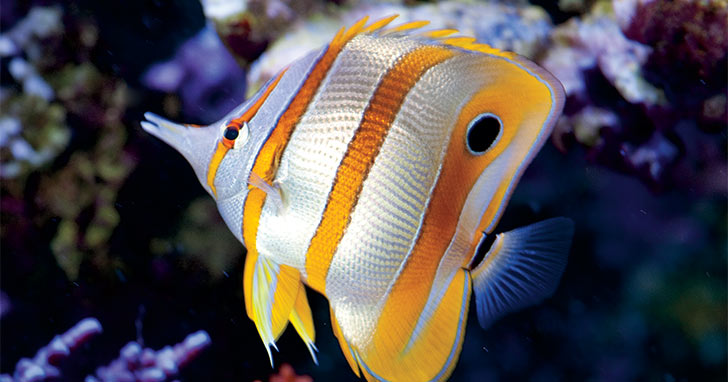
The Cycle of LifeWhy is a varied diet important for fish in aquariums?
Maintaining a healthy aquarium starts with understanding the nitrogen cycle process and its effects on the overall health of your aquatic inhabitants. Sometimes called “nature’s waste management system”, the process provides biological filtration in both aquatic ecosystems and in our aquariums. Because aquarium ecosystems are artificial, it is the hobbyist’s responsibility to make sure the right conditions are always present for the nitrogen cycle to stay in balance. The role of bacteria in the nitrogen cycle
The nitrogen cycle is the process of various bacteria converting harmful waste to harmless nitrogen gas. It involves 4 steps:
The Nitrogen Cycle in New Aquariums
Because new aquariums lack the colonies of bacteria that are necessary to provide biological filtration, the aquarium must be cycled. Cycling refers to the process of establishing and maturing the biological filter. Here's how it works: Ammonia Spike
As the first fish in the new system begin to thrive, they produce ammonia. Without any Nitrosomonas colonies established to consume this toxin, levels climb and spike until the ammonia-loving bacteria population catches up. This phenomenon can be observed by the naked eye as a sudden and temporary appearance of wispy, smoke-like cloudy aquarium water. Ammonia levels then start to decline once the rate of ammonia production is less than the rate at which it is broken down by the bacteria. Nitrite Spike
Nitrite goes through a similar spike. Nitrite is produced through the biological activities of Nitrosomonas as they consume ammonia. As their numbers increase, so does the amount of nitrite, and in turn the population of nitrite hungry Nitrobacter will begin booming from the abundance of nutrients. Nitrite levels will rise until the number of bacteria has increased to the point at which they break down the nitrite faster than it is being produced. Nitrate Control
The end product of this entire process is nitrate. Nitrate, in low concentrations, is not as toxic to fish and invertebrates, but can cause other problems in the aquarium. The best way to control nitrate is through regular partial water changes. How long does the cycle take?
Typically, new aquariums can be cycled in 2 to 6 weeks, but the actual length of time depends on many factors:
When cycling your aquarium, use a quality test kit to check your water conditions every other day, and when both ammonia and nitrite levels return to zero, you'll know the cycle is established. Related Articles
|
|
|




